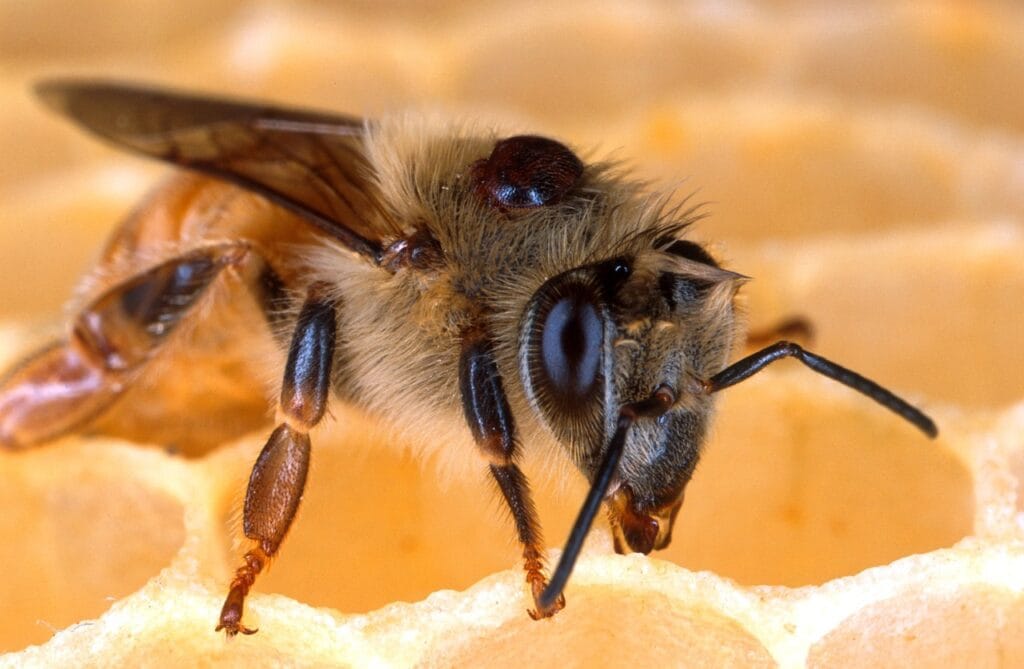Here’s a beginner-friendly beekeeping calendar that overviews a beekeepers essential task throughout the year.
Timing assumes a temperate Northern-Hemisphere climate. Nudge tasks 3-6 weeks earlier in warm zones or later in cold zones.
Beekeeping Calendar
| Month | Key Goal | Absolute-Must Chores (First-Year Focus) |
| January | Keep colonies alive through mid-winter | – Heft each hive; add fondant or dry sugar if light. – Clear dead bees/ice from entrance. |
| February | Prep for brood buildup | – Repeat heft; emergency-feed if needed. – Order bees, queens, and new equipment before suppliers sell out. – Repair/paint boxes and frames in the workshop. |
| March | First brief inspection | – On first 55-60 °F day, peek inside: verify queen is laying (look for eggs) and stores remain. – Start 1:1 syrup and pollen patties if natural bloom hasn’t begun. |
| April | Rapid expansion begins | – Full inspection every 7–10 days. – Add second brood box when 7/10 frames are drawn. – Alcohol-wash for Varroa; treat if >3 mites/100 bees. |
| May | Swarm-prevention month | – Weekly inspections; remove swarm cells. – Add honey supers when brood nest is 70-80% full. – Ensure plenty of room (extra boxes or drawn comb). |
| June | Main nectar flow | – Minimal disturbance—add supers as soon as top box is 70% full. – Quick mite check; apply mite-safe methods (drone-brood removal, oxalic vapor under supers where legal). |
| July | Harvest & mite pivot | – Pull and extract surplus honey after flow ends. – Thorough mite test; begin first full treatment if counts high. |
| August | Build fat winter bees | – Feed thin 1:1 syrup during nectar dearth to stimulate brood. – Second mite treatment (formic or thymol strips). |
| September | Pack on winter stores | – Heft or weigh: target 80–90 lb honey (≈1 deep + 1 medium full). – Feed 2:1 syrup until weight reached. – Install mouse guards. |
| October | Dry, tight, pest-proof hive | – Remove mite treatments. – Tilt hive slightly forward; add upper vent or quilt box for moisture control. – Reduce entrance to thumb-width. |
| November | Quiet period | – On warm days, lift lid briefly to confirm food above cluster. – Replace empty candy board or fondant if needed. |
| December | Year-end health check | – Optional oxalic acid vapor/dribble during broodless window. – Brush snow from entrances. – Review notes; set learning goals for spring. |
Practical Tips
- Start with two hives if possible; swapping brood or honey between them can save a weak colony.
- Record everything (weather, hive weight, mite counts) right after each visit—good notes make patterns obvious.
- Join a local club; syncing this calendar with your region’s bloom times is the quickest path to success.



